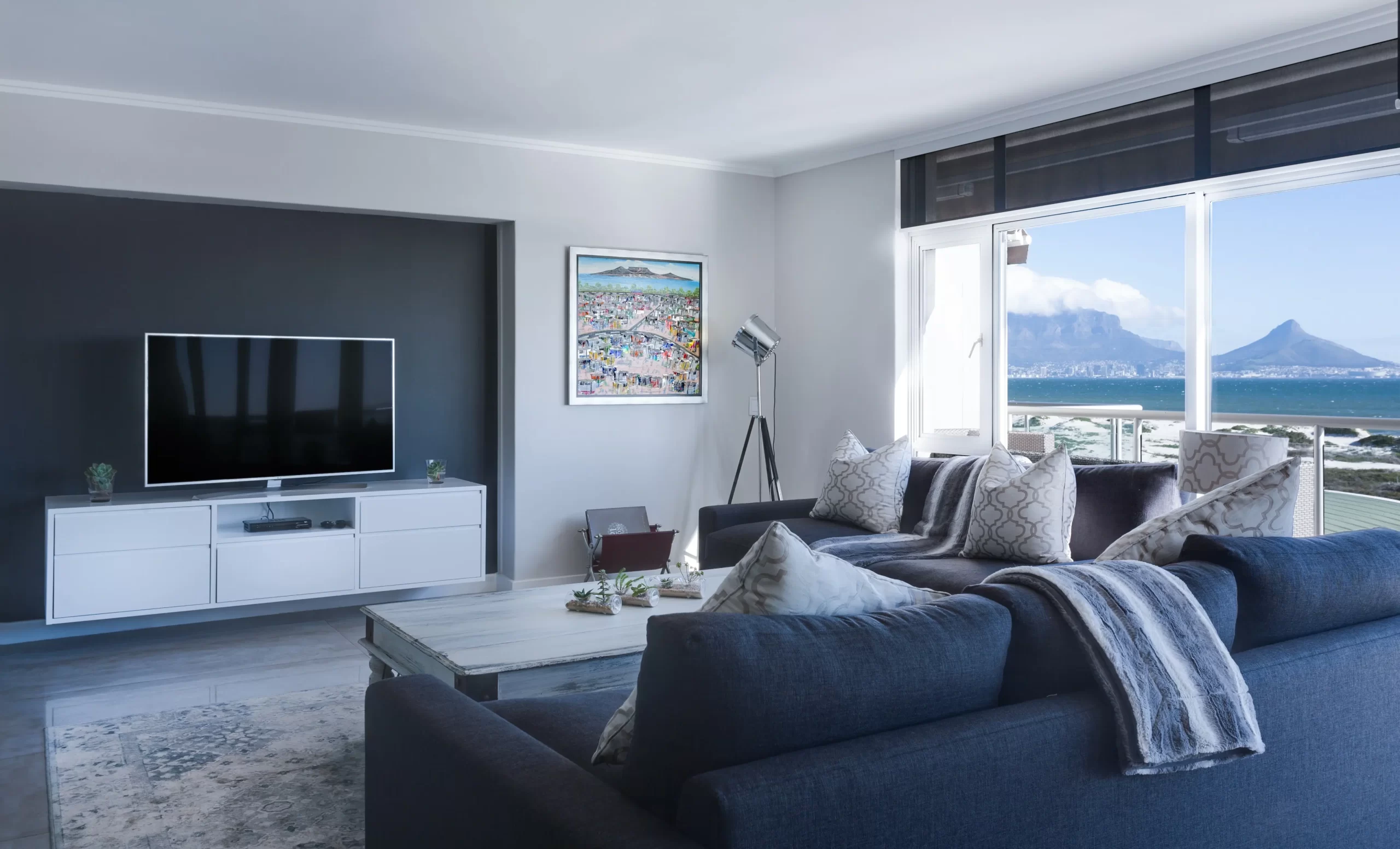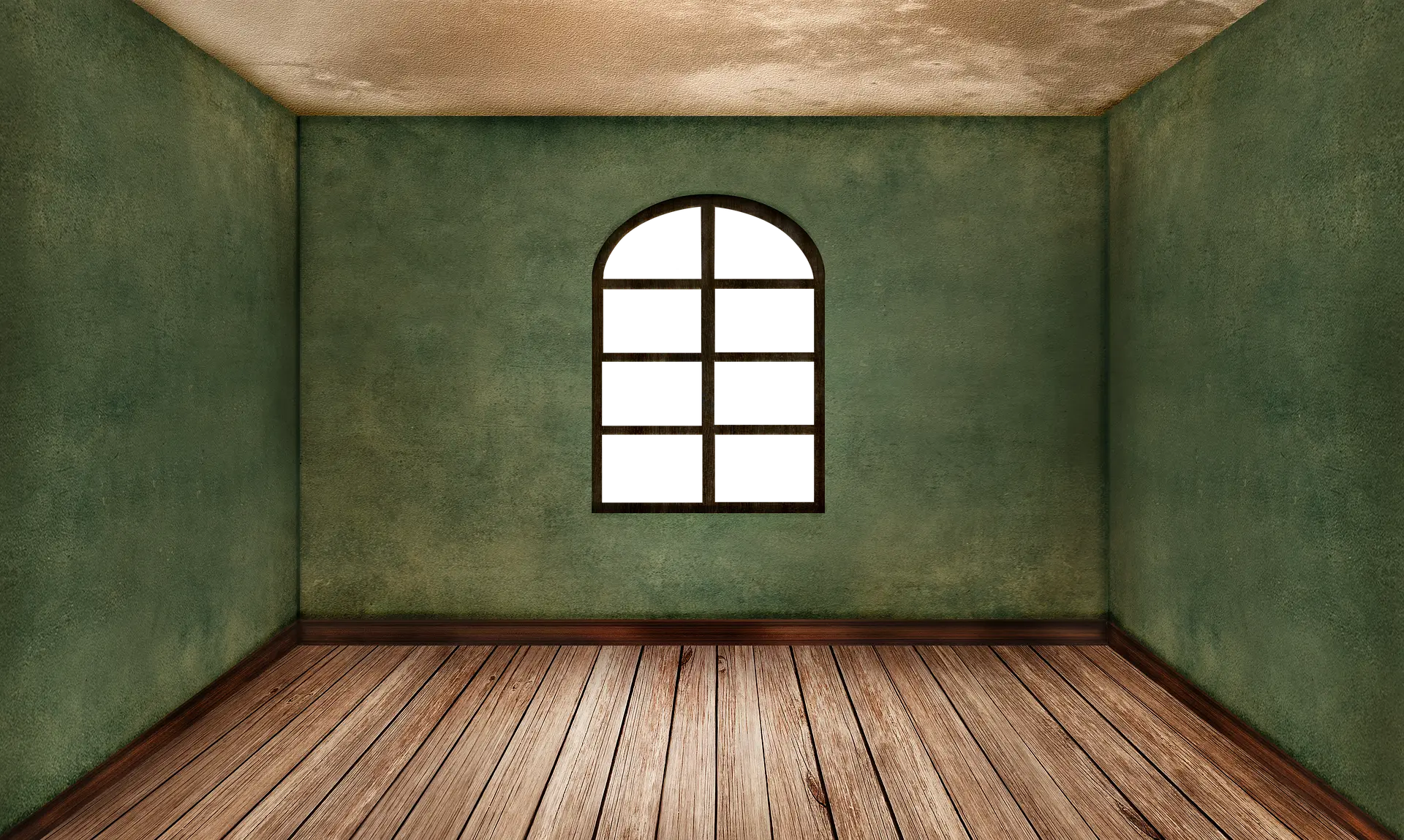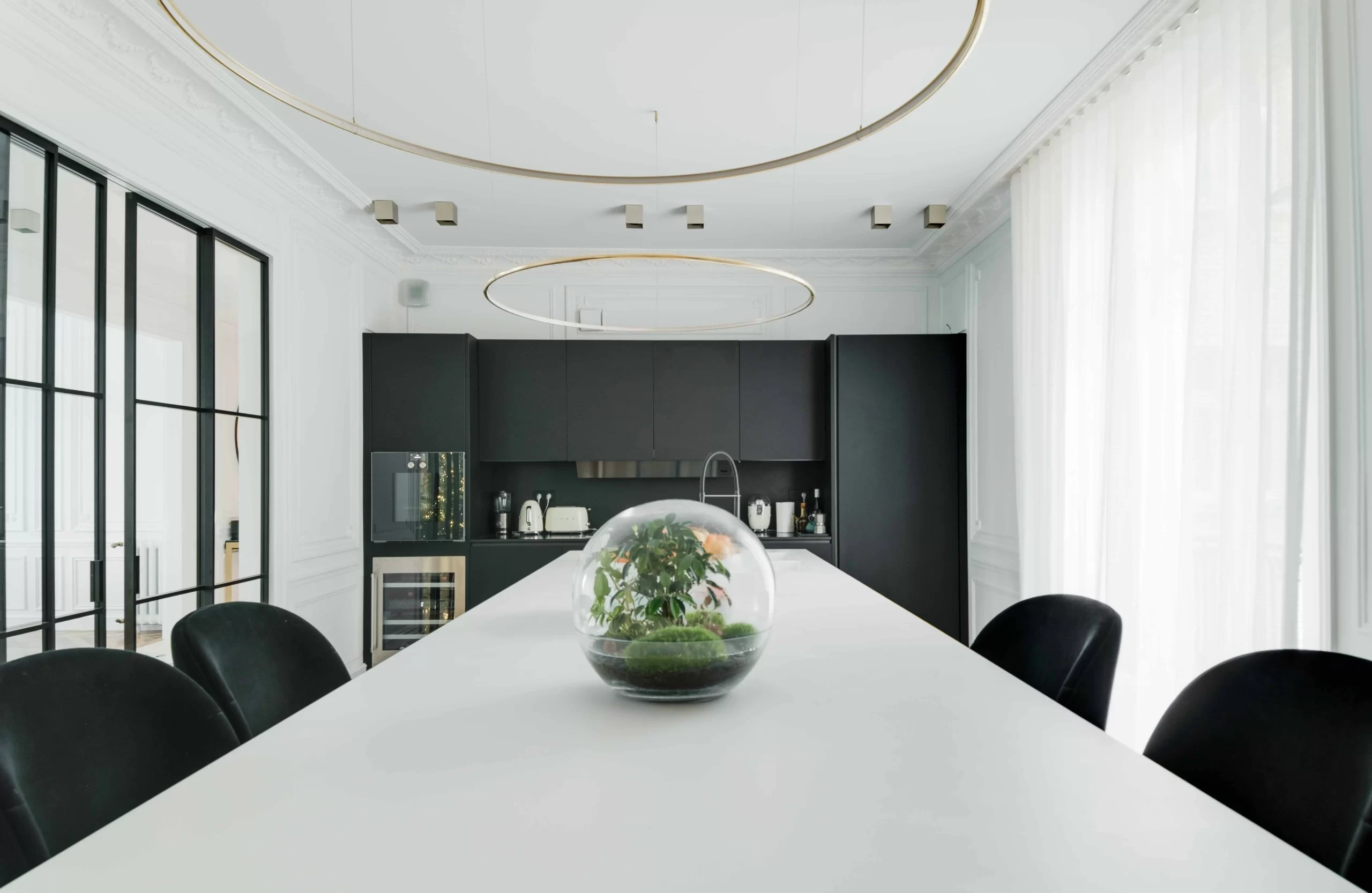How Colours Can Impact the Perception of Interior Spaces
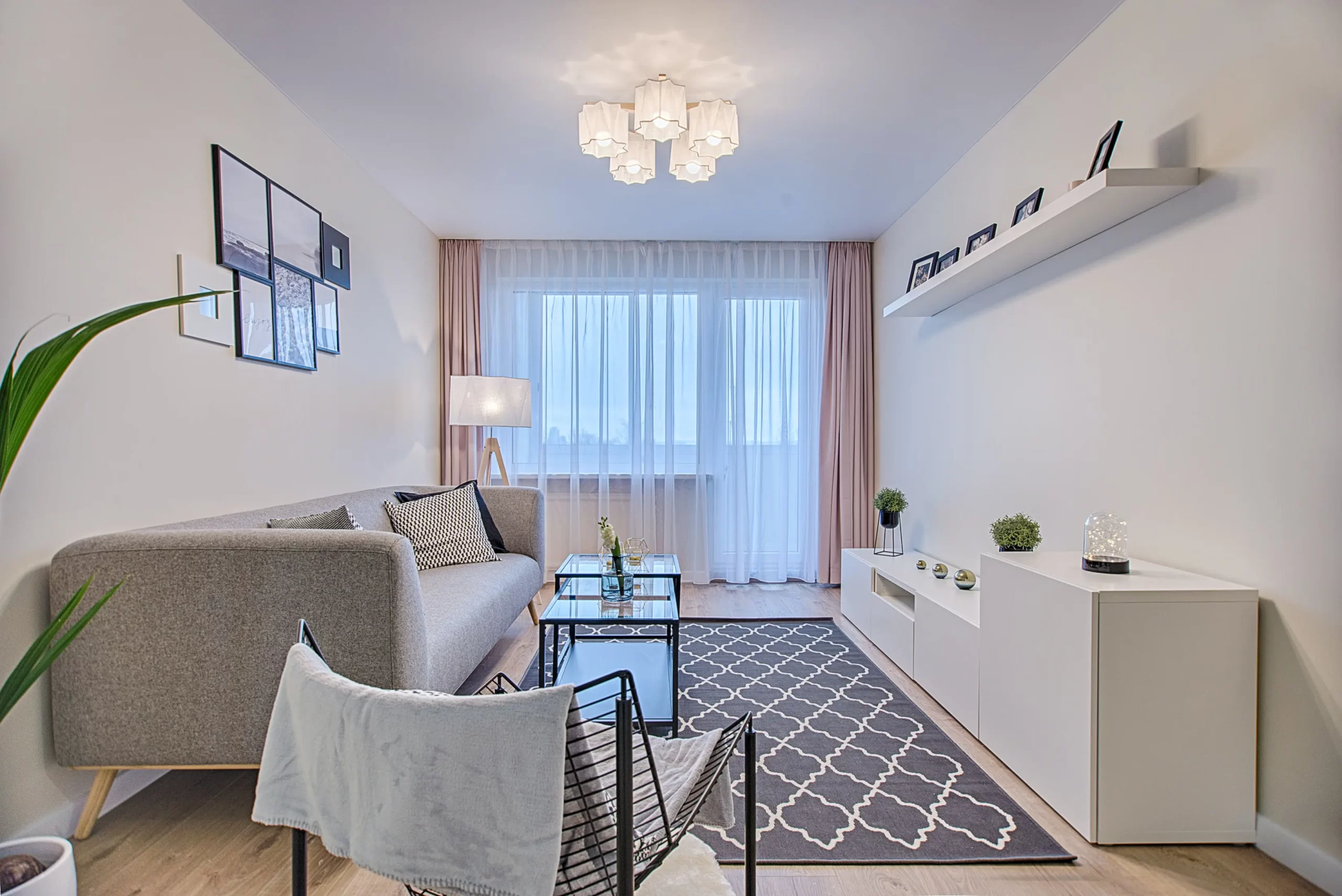
Do you ever imagine why some interior spaces have an impactful presence while others just look dud? Although several elements come together to develop the aesthetics of a space, colours can make or break the outcome. The right usage of colors for interior design can change the perception of interior spaces for the viewer.
Colours can significantly change the spatial experience of a space without changing any physical bit. For instance, cooler shades can make a small space look larger and more spacious, while dark colours give an appearance of more intimacy and warmth. In this blog, we will help you understand how interior spaces design can affect mental experiences.
How Colour Sets the Mood of a Space
In interior design, colours have a substantial effect on the mood and character of a space How you use interior design color combinations affects your comfort level and mindset. Brightly coloured spaces look airier and have a positive impact on the occupants. On the other hand, poorly lit small rooms with dark walls can overwhelm a person and provide a depressive influence. That is why, although many people tend to ignore it, one should be very thoughtful while choosing colours for an interior space.
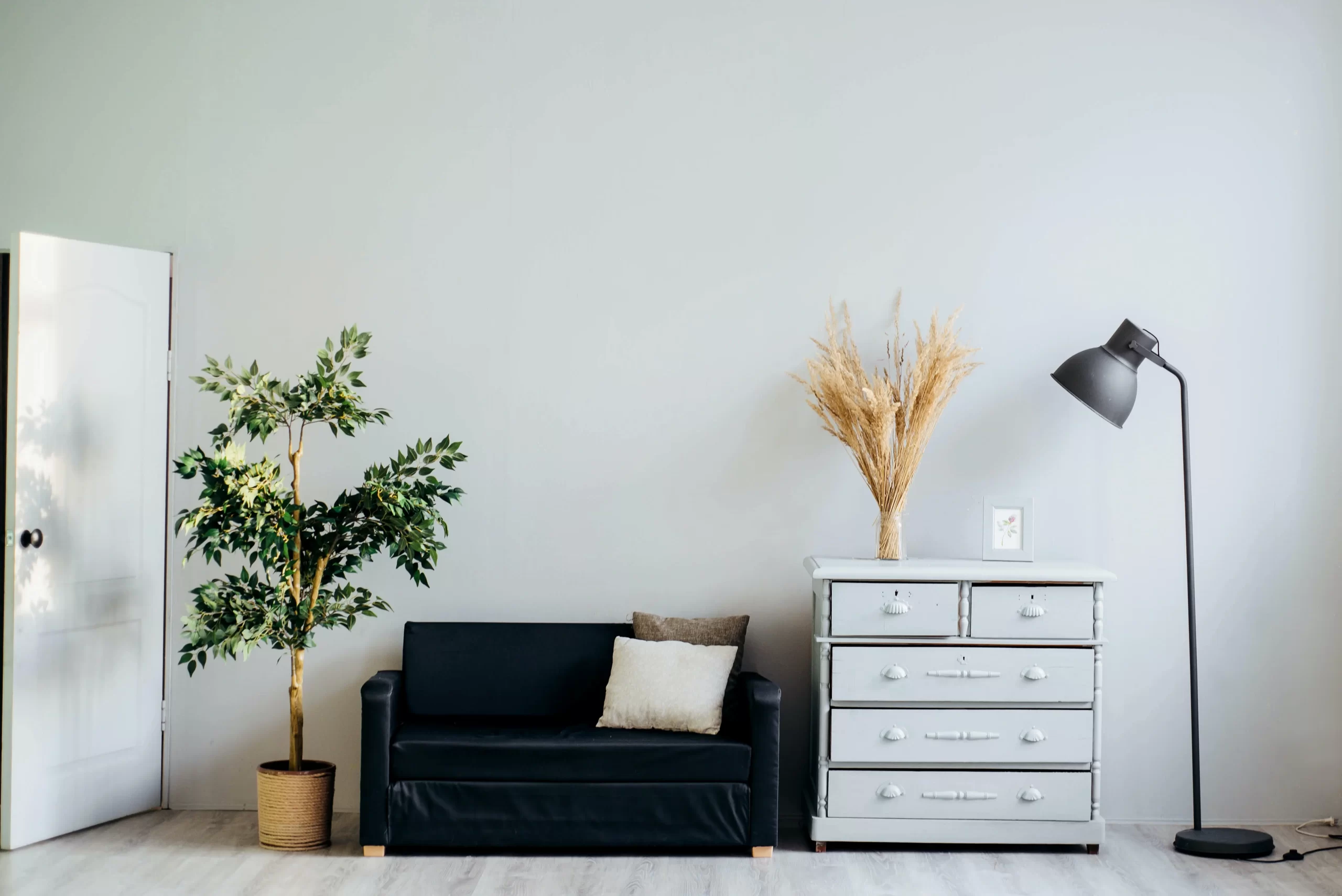
How to choose interior paint colors for your home? You may wonder. Well, using the colour wheel as an interior color guide can help you decide what shades and combinations suit your preferences. After all, every interior space should have a personal touch for it to feel more intimate.
How to Use Color for Interior Design and Change Its Spatial Appearance
Different colours and their different shades have varied effects on the appearance of interior space. Using the concept of colours to make a room look larger or smaller, we can change the shape of the room and even fix the focus on our desired elements or ignore the less attractive features.
So if you are thinking about how to use color in interior design to alter the spacial experience, let us look at some examples.
Using Colours to Enlarge the Space
To make a space look larger and spacious, using lighter shades is the key. Lighter colours tend to reflect natural light, enabling your eye to traverse the room continuously. This phenomenon makes an area appear larger than it actually is. When your eyes encounter a different colour it stops there, as it defines a boundary to the space. When you witness a large expanse of the same colour, there are no boundaries, which makes the space look vast.
Wondering which are the best interior color combinations for Indian houses? Lavender and Off-white, Light Blue and Radiant Yellow, Peach and White, etc., are some of the combinations that suit well in Indian homes and make the spaces look larger and brighter.
Squeeze the Space
Quite unlike what we discussed above, we need to do just the opposite to shrink an area. When you wish to make the room appear more compact and cosy, choosing a warm stronger shade can work wonders. Darker colours will absorb the natural light, enhancing the enclosing effect of an area, which can help if the room is larger than you desire.
For instance, you want to design a cosy-comfy TV area where one can relax and enjoy the shows without distractions. In this case, using warm grey or blue tones can be some good interior design ideas for tv room.
Lower the Ceiling Height
High ceilings and large rooms are common in old palatial Indian houses. However, sometimes lowering the ceiling can have a more welcoming effect on a room, making it feel safer as a home. Painting the ceiling in a darker colour than the walls or bringing the dark paint on the ceiling a few inches down to the walls can provide an appearance of lower ceiling height. Additionally, you can make the material texture apparent to make the ceiling look much lower.
Stretch the Space
In small rooms which are low on space, one may feel claustrophobic and stuck. In such a scenario, faking a high ceiling can work well to stretch the space. Give the ceiling a heightened appearance by using light colours. Moreover, using a shade or two darker hues on the walls can accentuate the appearance of a higher ceiling.
Make a Space Look Wider
One way to widen a room is to use dark shades on only the back walls. Paint the ceiling and other walls in lighter tones to impart a feeling of spaciousness. This technique can be effectively used in closed narrow spaces like corridors.
Confine the Space
An unusually wide or disproportionate space can sometimes make you feel less comfortable, especially inside a home. To narrow down the space a bit, the trick is to use dark colours on two opposite walls and paint the background and ceiling in lighter tints. This will make the space appear narrower to the eyes and balance out the proportions in a room.
Trim the Space
If you do not like extremely large or long rooms, paint both the shorter walls in darker tones than the long walls. This way, the end walls will appear closer, imparting a square shape to the room. Alternatively, you can break the space by using different colours to divide the walls. Use darker shades in the lower half of the walls to make it appear more desirable in proportion.
Accentuate a Wall
Want to attract someone’s focus to a particular wall? Using lighter shades would do the job. Paint the wall you desire to emphasise in a lighter colour than the other walls. It will pull the eyes to that wall as one enters a room.
Wrapping Up
You can use colours in n number of ways to alter the appearance of a room, accentuate particular areas, or sidestep the focus on less attractive attributes in a home. One pro tip- while deciding on colours, make sure to consider the windows and analyse the amount of natural light coming through. This way you can utilize the colour potential to the fullest.
However, colour detailing and other nuances of interior design are not as easy as they seem. Hence, if you are passionate about designing beautiful and functional spaces, the correct knowledge and ideas can help you achieve the best outcome.
If you have the talent and want to learn how to design interior spaces, enrol in the 1-year Diploma in Interior Design course offered by the JD School of Design, Bangalore. Learn the key concepts of interior design, including colour palettes, textures, materials and their significance and make your passion your profession.




